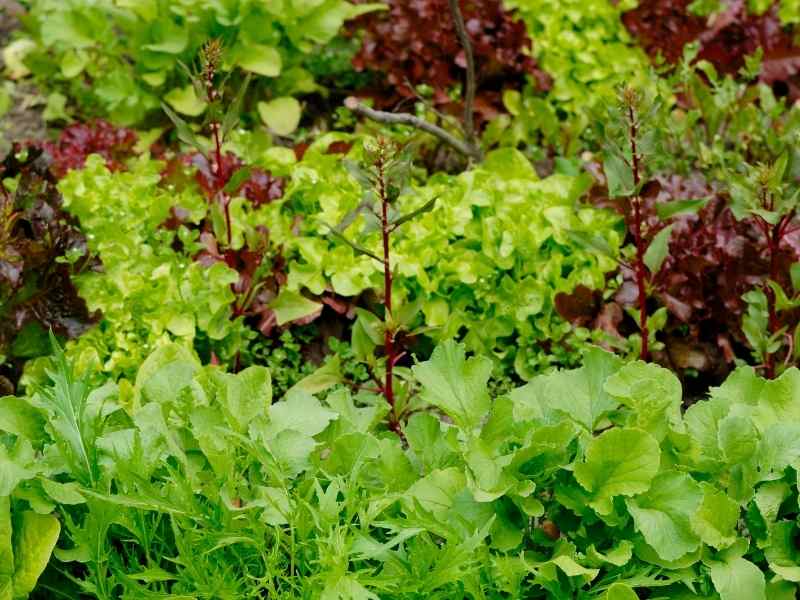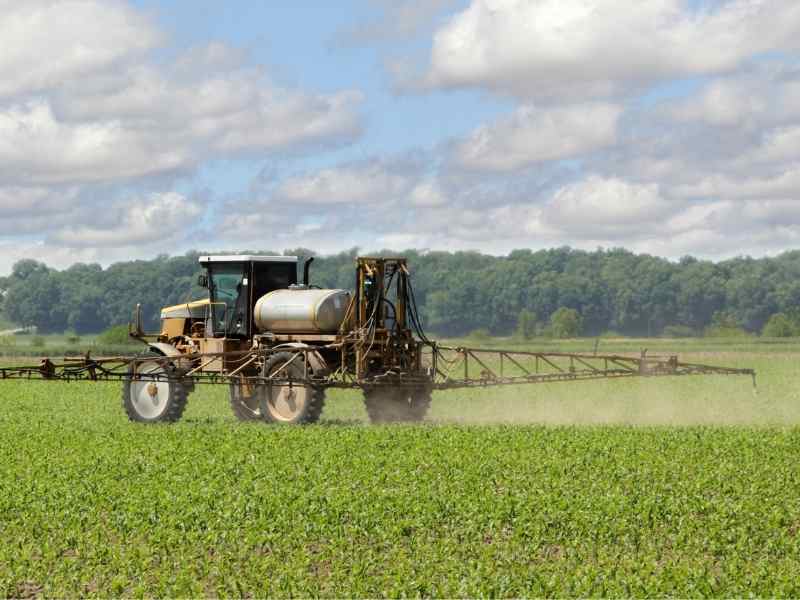In a rapidly urbanizing world, many are seeking to reclaim control over their lives through the practice of urban and suburban homesteading. Despite potential challenges such as limited space and complex regulations, this way of life has numerous merits, demonstrating that it is indeed worth the effort.

What is Urban and Suburban Homesteading?
At its core, urban and suburban homesteading involves striving towards self-sufficiency within the confines of a city or town. This lifestyle emphasizes growing one’s own food, producing energy, conserving resources, and even crafting homemade goods. It offers a way to reconnect with nature, minimize our carbon footprint, and secure our nutritional and financial health.
Overcoming Space Limitations in Urban and Suburban Homesteading
Vertical Gardening and Container Farming
Limited space is perhaps one of the biggest challenges facing urban and suburban homesteaders. However, this obstacle can be overcome through innovative gardening techniques. Vertical gardening, for instance, maximizes productivity by utilizing vertical space. Similarly, container gardening allows for growing plants in pots or other containers, providing flexibility and mobility.
Reaping the Benefits of Intensive Vegetable Gardening
One of the chief advantages of intensive gardening is its efficiency in space utilization. Unlike traditional row planting, intensive gardening encourages the close planting of crops, maximizing yield in small areas. This makes it an optimal choice for urban dwellers who have limited space but still wish to cultivate their own organic produce.

Moreover, intensive vegetable gardening also significantly protects the soil. As plants are densely sown, the canopy created by their leaves helps protect the soil, reducing water evaporation and soil erosion. This leaf coverage also suppresses weed growth, thus saving the gardener considerable time and effort usually expended in weeding.
Meanwhile, the practice of companion planting common in intensive gardening — where different crops are grown together to mutually benefit each other — contributes to a healthier, more balanced ecosystem in your garden. In sum, intensive vegetable gardening not only enables you to maximize your garden’s productive potential, but it also helps in fostering a more eco-friendly gardening approach.
Unlocking the Potential of Indoor Vegetable and Herb Growing
Despite the constraints that come with limited outdoor space, urban and suburban homesteaders can tap into the rich potential of indoor gardening. Techniques such as growing microgreens, using hydroponics systems, and leveraging grow lights can allow anyone to cultivate a wide variety of vegetables and herbs indoors.
Microgreens: Nutrient Powerhouses
Microgreens are young vegetable greens that are approximately 1–3 inches tall. They have an intense aroma and flavor and are rich in nutrients. Despite their size, microgreens can be grown easily indoors, even on a kitchen counter. They require minimal space and can be ready to harvest within 1–3 weeks of planting. Microgreens such as radish, peas, kale, and arugula can add a nutritional punch to your meals.

Hydroponics: Soilless Gardening
Hydroponics is a method of growing plants without soil, using mineral nutrient solutions in a water solvent. This technique is ideal for indoor gardening as it eliminates the mess associated with soil and can be highly space-efficient. Furthermore, hydroponic systems often result in faster growth rates and higher yields compared to traditional soil gardening. Many plants thrive in hydroponic systems, including lettuce, spinach, strawberries, and various herbs.
Grow Lights: Sunshine in a Bulb
Lack of sufficient sunlight can be a challenge for indoor gardening, especially in apartments or houses with limited window space. Grow lights can remedy this problem. These special lights provide the spectrum of light that plants need for photosynthesis, allowing them to grow indoors regardless of natural light conditions.
There are different types of grow lights available, including fluorescent lights, high-intensity discharge lights, and light-emitting diodes (LEDs). Each has its pros and cons and is suited to different types of plants and growth stages. With the right grow light setup, you can cultivate a diverse range of vegetables and herbs indoors, year-round.
- Full Spectrum – Barrina LED grow lights provides sufficient light for indoor…
- Updated Plant Light Chips- Compare with the lamp consisting of only “blue chips”…
- Reflector Design and Low Consumption – Consume only 144W with 576 LEDs totally,…
Last update on 2024-07-26 / Affiliate links / Images from Amazon Product Advertising API
With techniques like growing microgreens, hydroponics, and using grow lights, indoor gardening can become a viable pathway to self-sufficiency, even for those with limited space. These practices allow urban and suburban homesteaders to grow their own fresh, nutritious produce, reducing reliance on supermarket supply chains and contributing to a more sustainable and resilient lifestyle.
Micro-livestock
Traditional livestock may be unfeasible for many city dwellers, but micro-livestock can fill this gap. Rabbits, chickens, quails, and bees require relatively small spaces and can provide a steady supply of meat, eggs, and honey.
Regulatory Challenges and Solutions
While legal restrictions on certain homesteading practices can present hurdles, solutions are often available. Engaging with local councils and communities can be an effective way to navigate these challenges. Promoting the benefits of homesteading can also help to change regulatory landscapes over time.
Why Urban and Suburban Homesteading is Worthwhile
Sustainability and Environmental Impact
Homesteading offers a path towards sustainable living, a benefit that cannot be overstated in today’s pollution-stricken world. Growing your own food reduces reliance on industrial agriculture, a major source of contamination of our water, air, and soil. Producing your own energy and reducing waste further contribute to this positive environmental impact.

Health Benefits
Through urban and suburban homesteading, individuals can take control of their food supply, reducing their exposure to potentially harmful pesticides and genetically modified organisms. The physical activity involved in maintaining a homestead also contributes to improved physical health.
If you’re interested, you can read about my health journey and the impact urban homesteading had on my life.
Economic Savings and Independence
While the initial setup costs can be substantial, homesteading can result in significant long-term savings. By producing your own food, conserving water, and generating your own power, you can drastically cut your living expenses. Over time, these savings can more than compensate for the initial investment, promoting economic independence.
Community Building and Personal Satisfaction
Homesteading can foster a sense of community, as homesteaders often share tips, exchange produce, and help each other out. The sense of accomplishment and fulfillment that comes from leading a self-sufficient life also contributes to improved mental health.
Acquiring Crucial Skills Through Urban and Suburban Homesteading: A Gateway to Rural Homesteading
Even for those who ultimately aspire to live on a more spacious, rural homestead, starting small in an urban or suburban setting can provide a valuable training ground. The skills and knowledge gained from urban and suburban homesteading can be directly applied to managing a larger homestead in a rural setting.
Skills Acquisition
Starting small offers an opportunity to learn and perfect essential homesteading skills on a manageable scale. For instance, understanding how to cultivate a small, container-based garden can translate into larger scale farming in a rural setting. Learning to raise micro-livestock in a city can equip you with skills to manage a larger variety of livestock on a rural homestead.
- Hardcover Book
- Seymour, John (Author)
- English (Publication Language)
Last update on 2024-07-26 / Affiliate links / Images from Amazon Product Advertising API
Resource Management
Urban and suburban homesteading often requires efficient use of limited resources, be it space, water, or even sunlight. This can teach valuable lessons about conservation and resource management that will still apply in a more expansive rural setting.
Experimentation and Adaptation
In an urban or suburban setting, you’re more likely to try out different strategies to make the most of your situation, such as vertical gardening, aquaponics, or permaculture design principles. This spirit of experimentation and adaptation is a valuable trait for any homesteader, regardless of their location.
Financial Planning
Managing a small-scale homestead within a city or town can also help you develop financial planning skills. Understanding the initial investment required, the running costs, and the potential savings can prepare you for managing a larger, potentially more complex budget on a rural homestead.
The Urban-to-Rural Transition
Urban and suburban homesteading can be a stepping stone toward achieving your dream of rural homesteading. The experience gained can minimize the potential shock of transitioning from a city lifestyle to a rural one. Plus, the sense of accomplishment from successful urban or suburban homesteading can fuel the confidence and motivation needed to pursue larger homesteading goals.
Conclusion
While urban and suburban homesteading presents challenges, it is unequivocally worthwhile. The limitations of space and regulations may at first seem daunting, but they can be overcome with creativity, determination, and community support.
The benefits of sustainability, health, economic independence, and community building are too significant to ignore. Whether you start with a few potted herbs on a windowsill or dive into installing solar panels, every step towards homesteading is a step towards a more sustainable and satisfying lifestyle.





Do you have any questions or comments about urban and suburban homesteading? Share below.